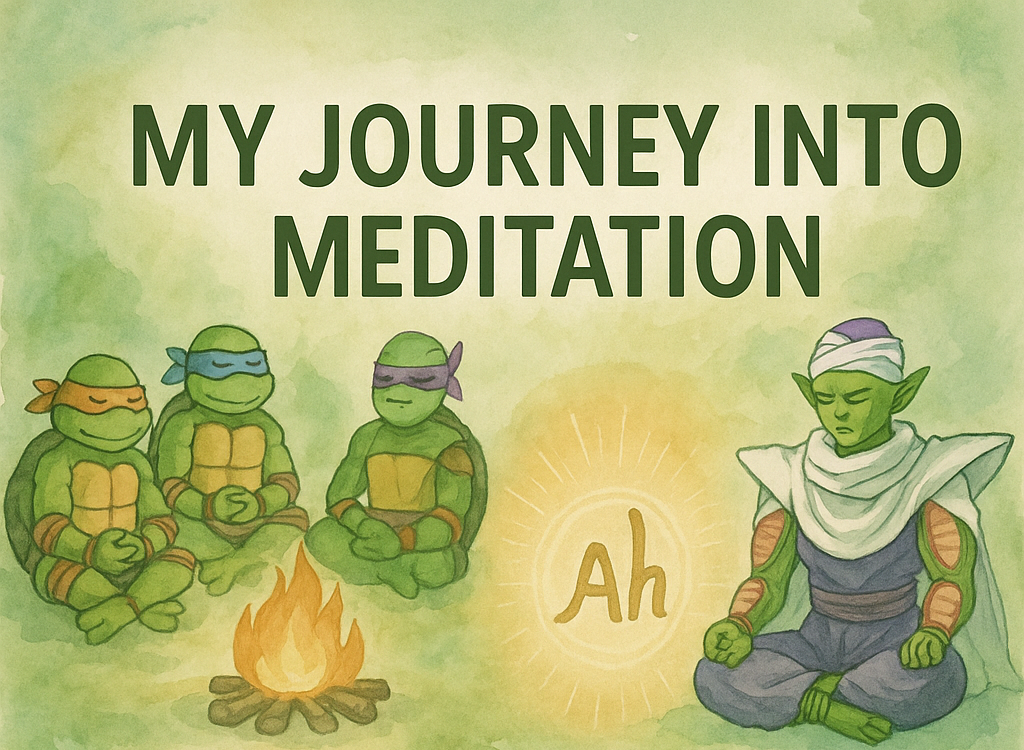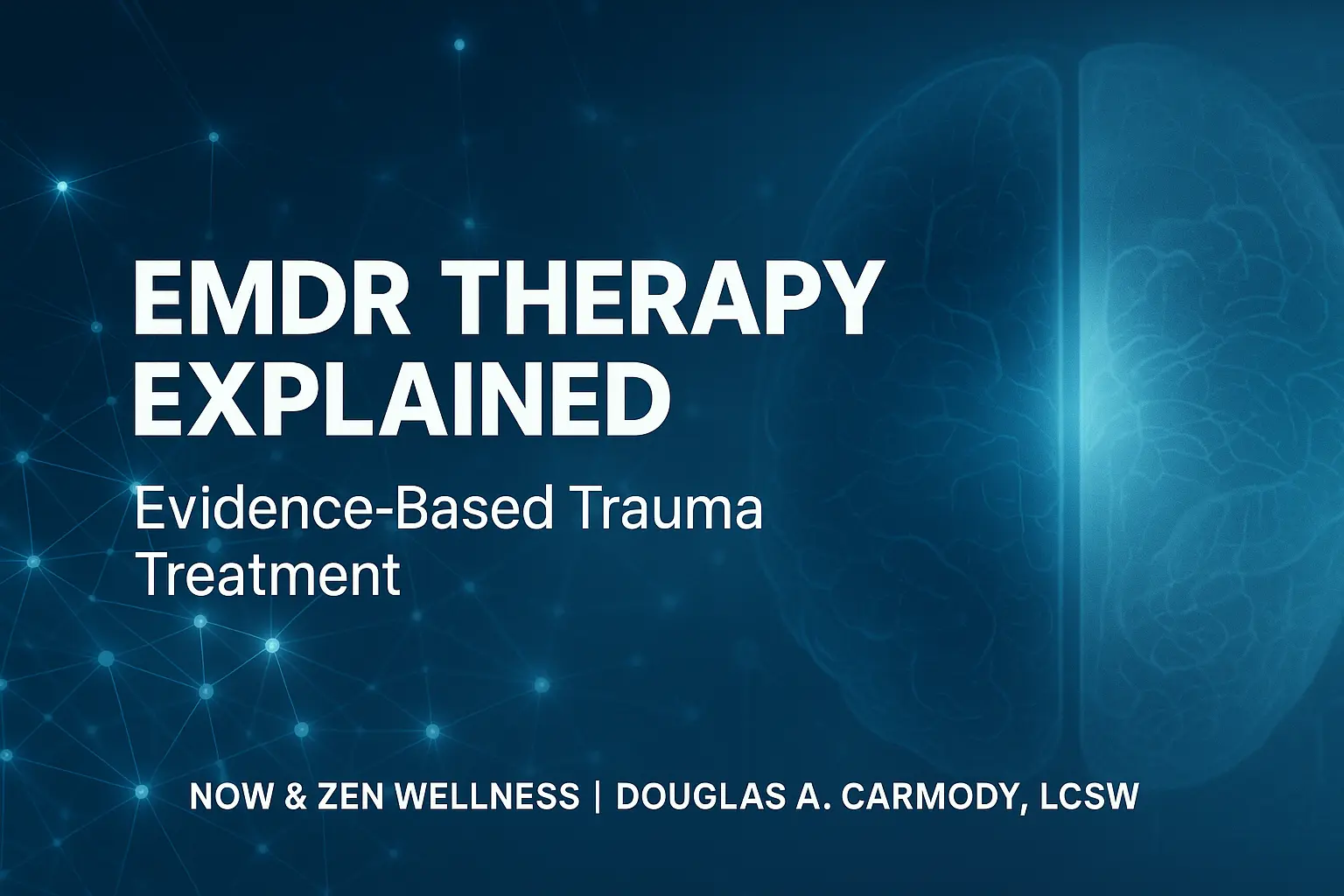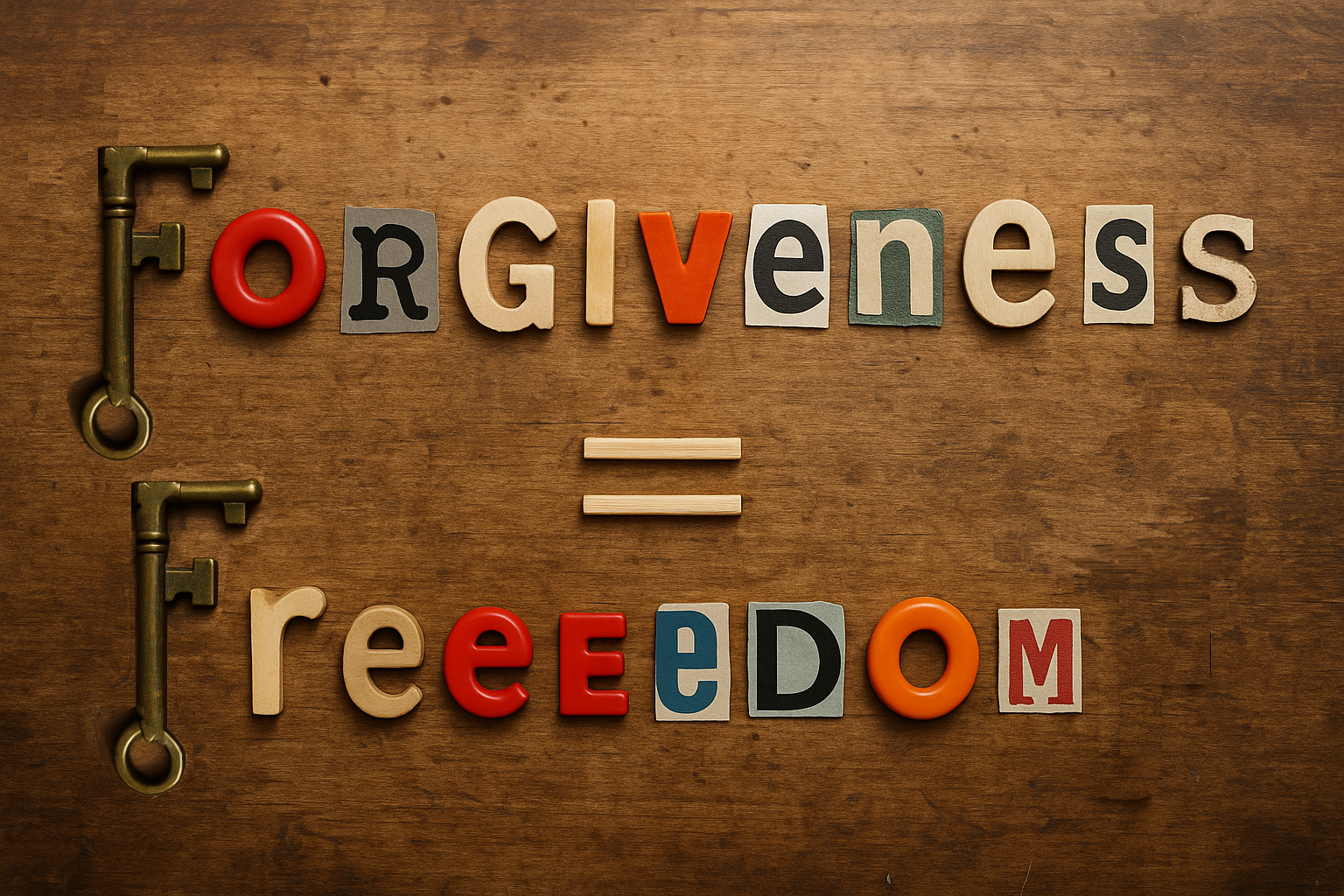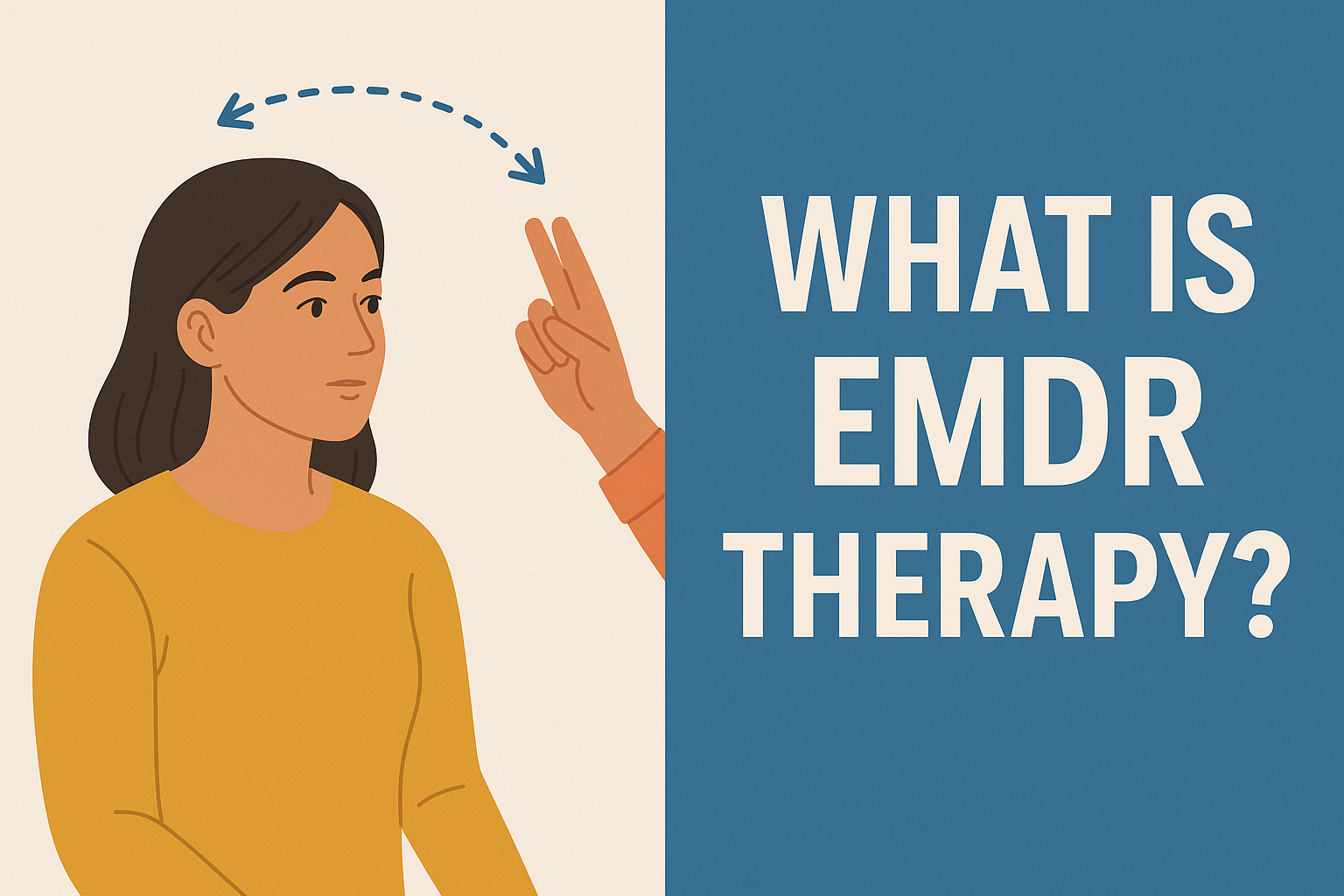When I think back to the first time meditation caught my attention, it wasn’t in a classroom or a yoga studio—it was in front of the TV. I must have first seen it in the Teenage Mutant Ninja Turtles movie, where the turtles were meditating around a campfire, and there was this aura around Splinter and he gave them words of wisdom. Later, I noticed Piccolo meditating in Dragon Ball Z. At the time, I didn’t fully understand what they were doing, but it always seemed to be tied to martial arts, inner strength, and eastern philosophy. That planted the seed.
As I grew older, I saw meditation pop up again in real life. Some of my high school friends would go to the beach to meditate. I didn’t always join in, but I was curious. The idea of sitting still, breathing, and somehow gaining peace fascinated me. Eventually, I wanted to dig deeper, so I got The Great Courses series on meditation.
The professor in that series left an impression on me. He explained how he turned to meditation because so many people around him were drinking, doing drugs, and making destructive choices. Meditation, for him, was a healthier alternative—it was free, available at any time, and it didn’t harm himself or anyone else. He told a story that really stuck with me: he was giving a wedding sermon when a bee flew right between his eye and his glasses. Instead of panicking or interrupting the ceremony, he relied on his meditation training to stay calm and continue without letting it rattle him. That kind of presence and control over your reactions fascinated me.
Later, as I was training to become a therapist, I realized meditation wasn’t just a personal practice—it was evidence-based. Mindfulness had become a core part of therapy, showing up in acceptance and commitment therapy (ACT), cognitive-behavioral approaches, and stress reduction programs. Businesses were teaching it to employees, schools were introducing it to kids, and therapists were using it in sessions. Meditation wasn’t just “out there” anymore; it was practical, grounded, and accessible.
I also explored different traditions and teachers. I remember David Lynch’s MasterClass on filmmaking—at the end, he had a bonus segment where he talked about Transcendental Meditation. He described it visually, almost like diving into a deep ocean of calm, and I was intrigued by how creativity and meditation could feed into one another.
From there, I kept exploring. One of the best resources I found was on PositivePsychology.com, which offered three practical mindfulness meditations that I’ve returned to again and again:
- Eye of the Hurricane: This practice helps you see yourself as the calm center (the “eye”) while thoughts and emotions swirl around you like turbulent winds. It taught me about the “observing self”—the ability to stay grounded no matter what’s happening around you.
- Leaves on a Stream: A guided diffusion exercise where you place each thought on a leaf and watch it float down a stream. This simple but powerful visual helps you notice thoughts as passing events rather than truths you must react to.
- Wheel of Awareness (Dan Siegel): A more structured practice that guides you through four quadrants of awareness—sensing the world, scanning the body, observing mental activity, and then expanding outwards into connection with others and the world. At the center of the wheel is the “hub,” where you rest in pure awareness, noticing that you’re noticing.
What struck me about these three meditations is that they all used metaphors and visuals to make the practice easier to grasp. They also connect directly to evidence-based psychology:
- Leaves on a Stream comes from ACT and helps with cognitive diffusion.
- Eye of the Hurricane is about developing the observing self, which builds psychological flexibility.
- Wheel of Awareness deepens present-moment awareness and connection.
Each one gave me a different angle on meditation, but together they showed me how flexible, creative, and useful the practice can be.
Looking back, it’s funny how my path started with Ninja Turtles and anime characters sitting cross-legged in silence. What seemed mystical or “otherworldly” back then has become a deeply practical part of my life and my work as a therapist. Meditation isn’t about escaping reality—it’s about being more present for it.
When I was 25 and newly in recovery, I found myself sinking into a deep state of self-pity. I didn’t know what to do with the weight of my feelings, so I picked up the phone and called someone from my sober network—a person I’d spoken with at a meeting the night before.
He told me he had something that might help: a meditation CD. I gave him my address, and not long after, he showed up at my door with a burned disc in hand. On it was Meditation for Manifesting by Dr. Wayne Dyer.
Curious and desperate for relief, I put the CD into my player. Soon, Dr. Dyer’s calm voice filled the room. He spoke about powerful questions:
What do you want to manifest in your life? Do you want to overcome an addiction? Do you want to repair a relationship? What is it that you truly want?
He also introduced me to something I had never considered before: the sound of creation—the sound Ah. He explained how this sound appears in divine names like Yahweh, Buddha, Krishna, and Ra, and how it could be used for meditation and manifesting.
I decided to try it. As I chanted “Ah,” I matched my voice to the frequency he described. I could feel the vibrations moving through my vocal cords, resonating through my body. Something shifted inside me. By the time the meditation ended, I felt lighter. My mind was calmer. The heaviness of self-pity had lifted, even if only for a while.
That single experience sold me on meditation. From then on, I kept returning to it. If I hadn’t, I honestly believe I would have slipped back into old patterns—self-pity, destructive behaviors, anything to escape discomfort. Instead, meditation gave me something to look forward to, a healthy way to reset and reconnect with myself.
I don’t consider myself a guru or a self-help salesman. That’s never been my path. I just want to share what helped me, the way others once shared with me. Today, as a therapist, when I introduce meditation to clients, I often think of it as planting a seed—just as that burned CD planted one in me all those years ago.
If you’ve read this far, thank you for listening and supporting this blog. It means more than you know.




